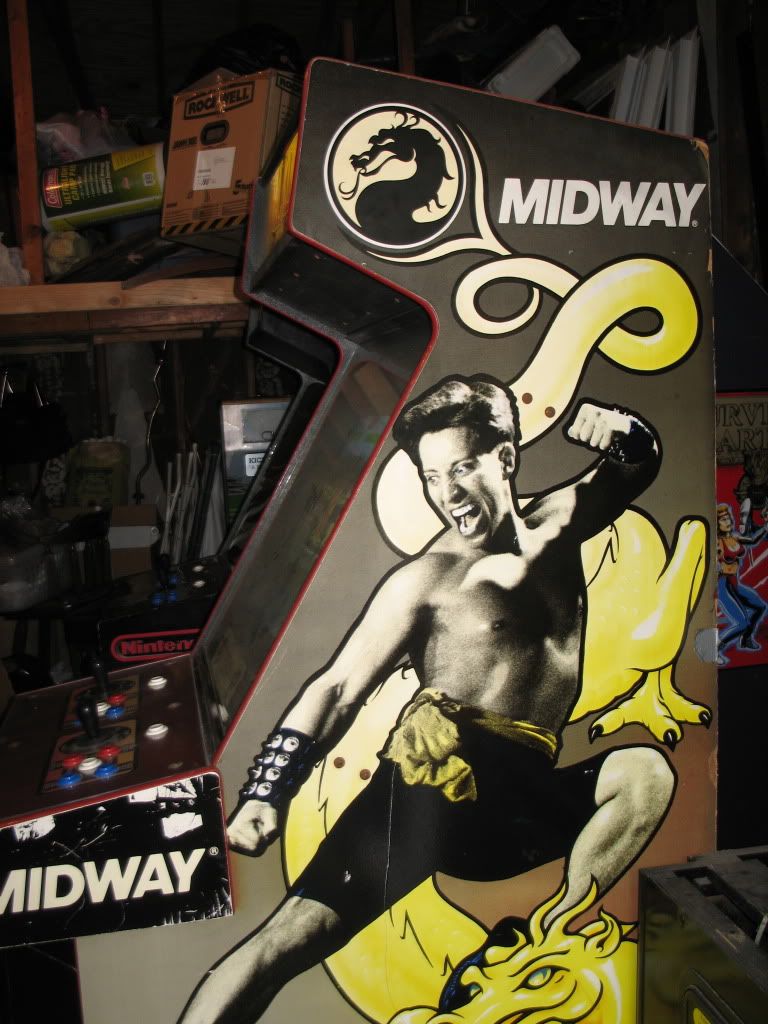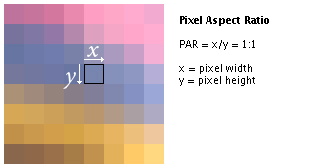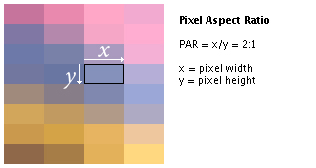I have to mention part of the reason why certain things where designed a certain way in the old game like size and position of stuff is because it was tailored to be played on a beveled 4:3 RGB CRT monitor at a low resolution so the text had to be made bigger to be more readable on lower DPI screens when scaling and squashing the original resolution which some have figured out was not a 4:3 pixel resolution but ended up being
displayed at 4:3 anyway.
They had to stay within a
safe area on the screen so that the bevel of the arcade monitor (which was rounded) wouldn't cover up the health bars... typically with monitors that have beveled screens like that they have to overscan the image in order to fill the entire thing cutting off the edges of the image. On most screens even at the arcade MK was displayed overscanned.
We don't have that problem any more. Much of the choices they made where to get around limitations in general.
BTW It seems aspect ratio and things like that are a touchy and confusing subject. But
pixel aspect ratio is a seperate thing from the screen's
picture aspect ratio (such as 16:9, 4:3, etc) actually and non-HD screens could have non-square pixels and that's what they used for MK causing it to be incorrectly shown as more or less 16:10 when uncorrected on a HD screen but was displayed at 4:3 at the arcade.... so playing it in MAME and not setting the screen to 4:3 makes things look fatter than they should be. So displaying it that way (uncorrected) and then cropping it for 16:9 is incorrect.
Again
this article for Doom illustrates how the pixel aspect ratio affects the artwork perfectly.
On properly configured CRT monitors, which were the only widely available and inexpensive consumer display device for computers at the time, this video mode took up the entire screen, which had a 4:3 physical aspect ratio. This meant that the 320x200 display, with a 16:10 logical ratio, was stretched vertically - each pixel was 20% taller than it was wide.
The same thing applied to MK although their resolution was a different one it was the same aspect ratio as Doom and was treated the same by the output monitor. So the artwork had wider pixels which where then squashed by the 4:3 monitor to compensate and display it correctly. But yeah Doom and MK where not widescreen originally the pixel aspect ratio was separate from the screen aspect ratio.
So please for the love of goodness don't use uncorrected 16:10 MAME stuff as a reference!
Uncorrected 16:10:
Corrected to 4:3 like it was at the arcade:
Or if you prefer comparing just one element here's scorpion uncorrected:
And Corrected:
A proper 16:9 version would be the below one except with the width increased rather than the top one with some of it cropped out for 16:9... FYI. Believe me they didn't use 16:10 monitors to display the game and the second shot here is the way it's supposed to look!
From the Doom article:
Widescreen modes add an extra level of complication to the aspect ratio issue. Most modern monitors have a physical 16:9 or 16:10 aspect ratio, rather than the "traditional" 4:3 aspect ratio. In this scenario, the aspect ratio correction should still be performed. The extra horizontal space is properly used by either increasing the horizontal field of view or by simply filling it with a black border, which is referred to as "pillarboxing."
When you are using sprite rips as a reference especially if they where taken directly from the ROM image and not displayed at the correct ratio they are all uncorrected to 4:3.















